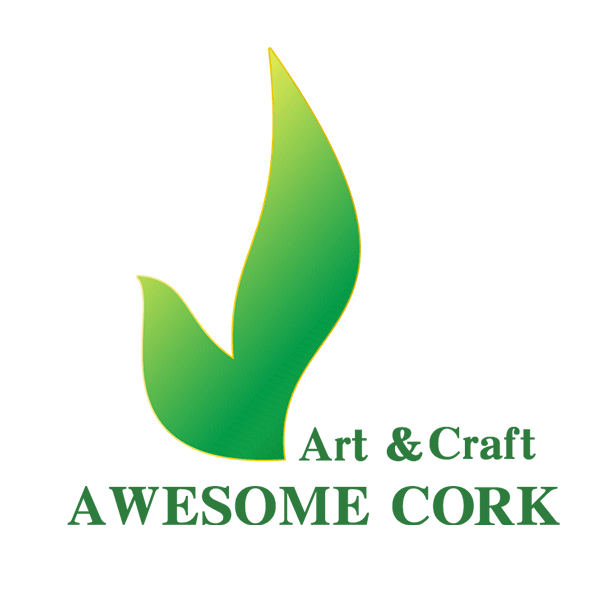
In recent years, there has been a noticeable shift in the materials used in kindergarten early education settings, with cork emerging as a star player. This versatile and sustainable material has gained popularity for its numerous benefits, providing a tactile and eco-friendly option for educators and parents alike. In this article, we’ll explore why cork material is becoming increasingly prevalent in kindergarten early education, particularly in the realm of do-it-yourself (DIY) activities.
The Allure of Cork Material
Cork is a natural and renewable resource harvested from the bark of cork oak trees. Its popularity in early education can be attributed to its soft texture, lightweight nature, and durability. These qualities make cork an ideal material for hands-on learning experiences in kindergarten settings, fostering a sensory-rich environment for young learners.
DIY Adventures with Cork
One of the key reasons for the surge in cork’s popularity is its adaptability to a wide range of DIY projects. Teachers and parents are embracing the creativity that cork allows, turning simple cork sheets into engaging learning tools. From DIY bulletin boards to tactile puzzles, the possibilities are endless. The material’s easy manipulation encourages collaborative and imaginative activities that enhance fine motor skills and cognitive development in young children.
Eco-Friendly Education
In an era where sustainability is at the forefront of global consciousness, cork’s eco-friendly credentials are a major draw for educators. Unlike some traditional materials, cork is harvested without harming the tree, allowing for a continuous and renewable supply. This aligns with the growing emphasis on teaching children about environmental responsibility from an early age, making cork a tangible example of sustainable living.
Sensory Learning Reinvented
Cork material provides a unique sensory experience for young learners. Its soft and smooth texture engages the tactile senses, promoting sensory exploration and cognitive development. Incorporating cork into educational activities stimulates children’s curiosity and creativity, making learning a hands-on and enjoyable process.
Enhanced Safety in the Classroom
Safety is a top priority in any educational setting, especially for young children. Cork’s natural anti-microbial properties make it an excellent choice for materials in classrooms, reducing the risk of germs and allergens. Its shock-absorbent quality also ensures a softer surface in case of falls, creating a safer environment for active and playful kindergarteners.
Conclusion
As we celebrate the first birthday of this DIY revolution, it’s clear that cork material has found its place in the heart of kindergarten early education. Its versatility, sustainability, and sensory appeal make it an ideal choice for educators and parents seeking innovative ways to engage and educate young minds. As the popularity of cork continues to rise, we can expect a continued wave of creativity and exploration, shaping the future of early childhood education for the better.
DIY CASE WITH CORK MATERIAL-SEA THEME DECORATION



Share This Post
Subscribe To Our Newsletter
Get updates and learn from the best

